As we continue our path through the NEC, we get to Chapter 4 that is often overlooked in the day-to-day inspection world. However, it has some very important information that applies to combination inspections. I will point out those items and articles that, in my experience, are the most beneficial for the combination inspector.
We will start with Article 400 Flexible Cords and Cables. The first four paragraphs cover basic housekeeping items; then we immediately find Table 400.4. This table is very important, as it provides all the information you need to figure out if a flexible cord or cable is being used as it was designed. Information provided includes voltage, insulation type, wire sizes and uses, etc. Please make sure you review the “Outer Covering” column and the “Use” column when you are inspecting these; information related to whether it is oil-resistant or suitable for damp, hard usage or extra hard usage, may be very important for the installation location. These features (as you might expect) are related to cost, so you will often find flexible cords and cables being used that are not designed for the environment in which they are installed. When reviewing the table, make sure you also read the notes to the table, as this is enforceable information.
Besides the physical applications, we need to know the ampacities allowed for these cords and cables. Section 400.5 addresses this, and there are two tables with ampacities; the table choice depends on the type of cables being used and the number of current-carrying conductors in the assembly. If you only have two current-carrying conductors, you are allowed a higher load than if you have three. There is language in Article 400.5(A) that adds clarity as to what is considered current carrying. In 400.5(B), there is a warning that we are not to exceed the temperature rating of the cables or cords. We also need to mention that if we have an ambient temperature that is higher than the 86 degrees F that the tables are based on, then we have to go back to Table 310.15(B)(2)(a) for the temperature correction factor.
Now let’s look at where we are allowed and not allowed to use these products. Let’s start with 400.8 Uses Not Permitted. The most used and easiest to identify is the first requirement; it states that we aren’t allowed to use these methods in lieu of fixed wiring methods. The second is one of the most common errors found in the electrical world, and that is that you can’t run flexible cords and cables through holes in walls, ceiling or floors. Yet to this day, you will find cords run through ceilings, especially dropped ceilings. There have been numerous code proposals to allow this; however, the code panel feels this is not a safe practice. Having these cords hidden and plugged into a power source that is not visible or part of a conditioned space may lead to a situation where a dangerous condition may not be detected in a timely fashion and could then escalate. This violation is happening more frequently as a result of ceiling-mounted televisions and projectors or hanging bar signs, to name a few. There are other not permitted items, but the last one is the catch-all (“where subject to physical damage”), and this item often leads to a discussion with the AHJ.
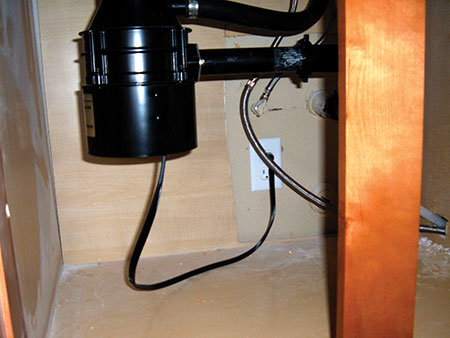
Having explained a few of the conditions not permitted, let’s go back and look at 400.7 Uses Permitted. These are specific, so please review them. I will mention one that caught me when I was an electrician installing a large book and pamphlet binding machine. This machine had several vacuum pumps, and each of these pumps used replaceable carbon vanes that had to be serviced after so many hours of use. Understanding this requirement, and having experienced building machine tools where you have to allow for vibration, flexibility and servicing, I installed these pumps using a flexible cord with twist-lock cord caps. The inspector came out to inspect the installation and called me on the fact that I was using these cords as a substitute for a fixed wiring method. I explained the situation; however, we could not reach agreement on the interpretation of the rule so I contacted the chief electrical inspector and explained the use of the machine and the fact that the employees of the facility would need to remove and service these pumps on a regular basis. Allowing them to unplug them, take them to a workbench, and open the pump volute to replace the carbon vanes was the best solution. Lucky for me, the chief agreed with me and thought it was actually a good application. So now and then as an inspector, we may lose a call, but we have to approach unique situations with an open mind. I also (in my eyes) had the code on my side; see 400.7(6) to see if you agree. Please continue with the rest of Article 400 on your own, paying special attention to 400.10 Splices and 400.12 Protection from Damage.
We also need briefly to review Article 402 Fixture Wires. Fixture wires are those wires that are permitted to be used for installations of light futures where they are enclosed within the fixture or for connecting the fixture to the branch circuit. These are normally short lengths and have properties that are outside the normal methods we use for feeders and branch circuits. When you review Table 402.3, you will see designation letters that you’ve probably never seen before. One item to notice from the table is the maximum operating temperature of these conductors. Remember these are located inside fixtures that may have an elevated temperature due to the heat producing lamps or ballast. This information is critical because we learned in history that we had fires as a result of overloaded fixtures that were built with conductors which couldn’t handle the elevated temperatures.

This is a short article; however, one critical item is the allowable ampacities that are allowed for these conductors as shown in Table 402.5. The other thing to consider here is that generally lighting fixtures are listed by a nationally recognized testing lab. This process insures that the fixtures, including the conductors, meet a standard for the loads they are designed to carry. However, we’re still limited to the overcurrent protection outlined in 240.5, which means 14 AWG is limited to 15 amps, 12 AWG to 20 amps, and so on.
Article 404 is titled Switches, however, to understand what it really covers we have to read 404.1 which is the scope. Here it outlines what is considered a switch in the code. It includes switches, switching devices, and circuit breakers used as switches. A switch is defined as follows: a switch is an electrical component that can break an electrical circuit, interrupting the current or diverting it from one conductor to another. With this information, we can understand that every breaker would also be considered a switch, in addition to the traditional switches we think of, and I will relate why this is important a little later.
The first portion of 404 deals with switches and grounded conductors (neutrals). For the combination inspector doing residential installations, this has a few items that will require a careful eye. First, in a 3-way or 4-way switch installation, which is needed to control a device from multiple locations, we are not allowed to switch the grounded (neutral) conductor. You should never see a white conductor that is not re-identified terminated on a 3- or 4-way switch. The second condition for grounded (neutrals) is that switches or breakers generally shall not open the grounded or neutral; I say “generally” because we have a certain provision in Chapter 5 which deals with hazardous locations where we are required to open all current-carrying conductors.
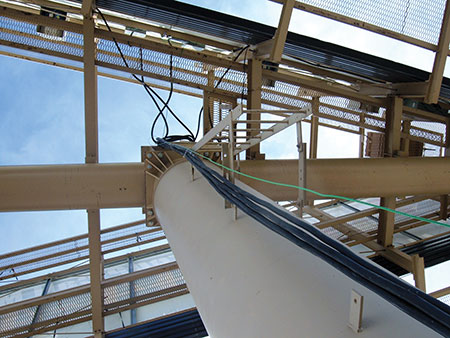
The last item is fairly new to the code and has evolved due to the desire to add newer electronic control devices for lighting control. Some of these are occupancy sensors, or fancy dimmers that utilize mini electronic controls that require a ground reference for the power of the electronic device. In the past, these devices were connected to the equipment grounding conductor path to complete the circuit to power the electronic control. However, this practice induces current on the equipment grounding conductor. The equipment grounding conductor is only supposed to have current flow during a ground fault condition, which should drive the overcurrent devices to clear the fault. This small amount of current for one device may not be a problem; but when you have a high-rise building that has installed occupancy sensors to comply with any energy related desires, then we could have several hundred devices adding current to the equipment grounding system. This situation can cause several problems, the least of which would be a triggering of the ground -fault detector of the main device, if so equipped. To prevent this condition, the code has added language requiring that a grounded (neutral) conductor be brought to each switch location. There are a few exceptions that you should check in 404.2(C). This requirement will cause a change in the wiring methods commonly used when utilizing cable assemblies, such as non-metallic sheathed cable, or AC and MC cable assemblies. It is common practice to run a two-wire cable to a switch where we re-identify the white as a power feed to the switch, and the black is the return switch leg to the controlled device. This saves money by only requiring a two-conductor cable; however, due to this new requirement you would have to run a three-conductor cable to provide a grounded (neutral) conductor to the switch location.
Article 404.4 Damp or Wet Locations outlines the special considerations for these locations; however, the portion of the section that is of concern for the combination inspector is (C) Switches in Tub or Shower Spaces. It states that switches shall not be installed within the tub or shower space. Again, there is an exception that if the shower or tub is a listed assembly and has switches as part of its listing then it would be ok. So what constitutes the shower or tub space? The accepted method for consideration of this space is that if you take an imaginary vertical plane straight up around the outside perimeter of the tub or shower the area inside this cube would constitute the spaces under consideration for this code requirement.
Skipping to the next item I consider to be of interest to combo inspectors, I would jump to 404.8(A) Location. Here we have two simple items: first, the switch shall be located in such a manner that it can be operated from a readily accessible place. To me, the most important enforcement issue here is the requirement that the center of the grip of the operating handle of the switch or circuit breaker is not more than 2.0 m (6 ft 7 in.) above the floor or working platform. This is one of the more common enforcement issues; often gear manufacturers push the envelope when building panels and will mount devices so that they barely meet this height requirement when sitting on the assembly floor. However, we often get field designs that call for a housekeeping pad generally 4 inches high. If this pad stops at the front of the equipment so you are standing 4 inches lower than the bottom of the equipment, you will have a code violation. The usual fix is to extend the housekeeping pad out the required distance found in 110.26 for working clearances. Although not a code requirement, I always discouraged the creation of steps in front of gear as it could create a trip hazard. If a worker is looking into an open panel and approaching it, the last thing you want is the possibility of a trip, which would land them in the equipment.
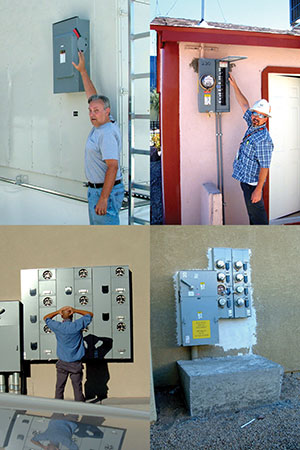
Next would be 404.8(B) Voltage Between Adjacent Devices. Simply stated the voltage potential between two adjacent switches shall not exceed 300 volts. When using 240 or 208 volts, this is not an issue; however, on a 480-volt system that means you are not allowed to have two different phases on adjacent switches. One allowance is that you may do this if you have an identified securely installed barrier between the two devices. Be careful to note the term identified, which means it has to be a device that is designed and made to fit that enclosure, not a homemade piece of some material. The idea here is: at that voltage, we get concerned about any event within the enclosure, which may cause an arcing event that would cascade to the adjacent switch and provide a fireworks show we don’t want to happen.
In 404.9 Provisions for General Use Snap Switches, we find some basic installation requirements. A couple to mention here are (A) Faceplates that contain the simple provisions for properly covering the switching devices mounted in boxes or enclosure. Take a look at the opening photo (Photo1) and decide for yourself if that installation meets the requirement in this code language. The second item here is (B) Grounding; generally, every switch is required to be connected to an equipment grounding conductor. This requirement provides a safety feature, in case we have a fault within the switch, to provide a path back to the protection device to clear the fault. You won’t be surprised to find that we have a few exceptions, but they aren’t very commonly used.
In the next edition, we will continue our path through chapter four. Thanks for reading, and remember to use the code as a companion when reading these articles.

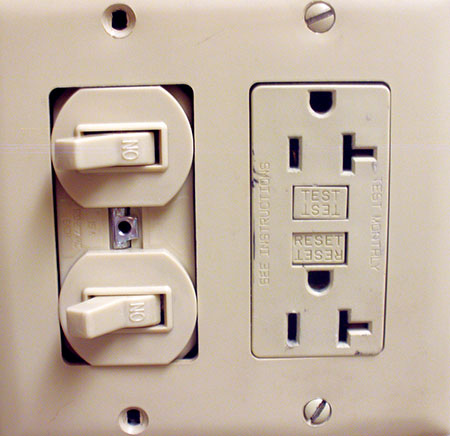








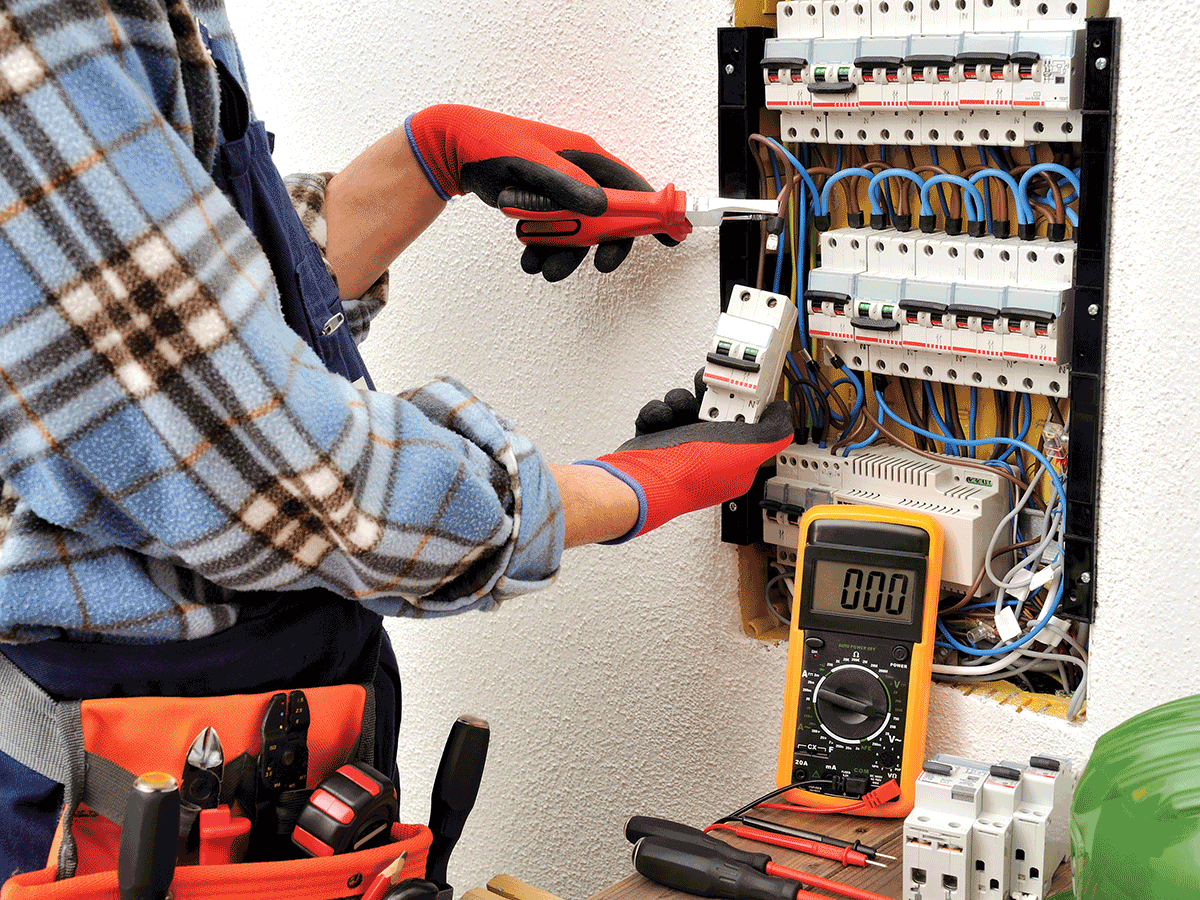
Find Us on Socials